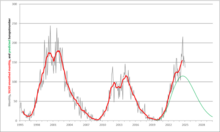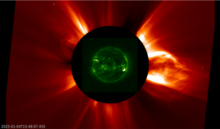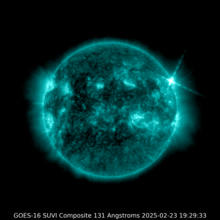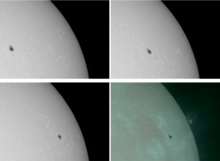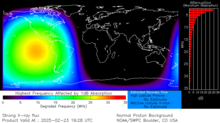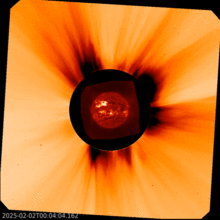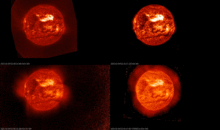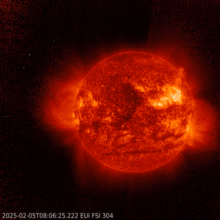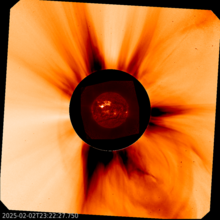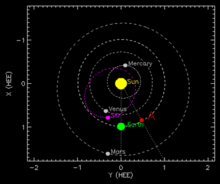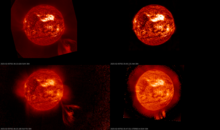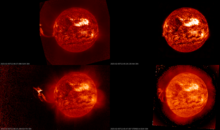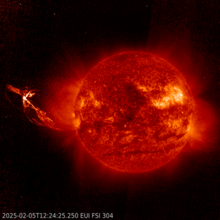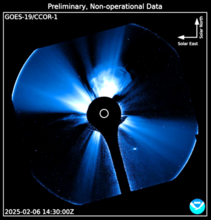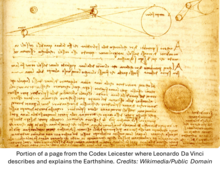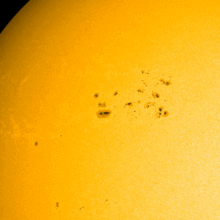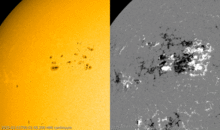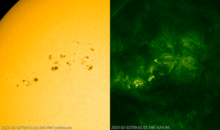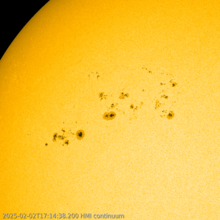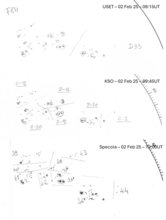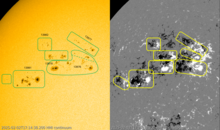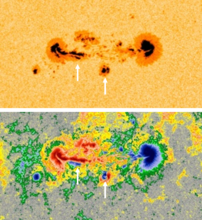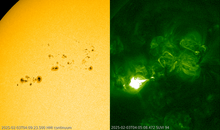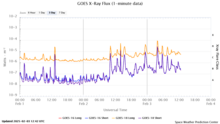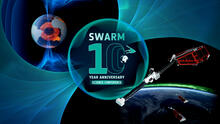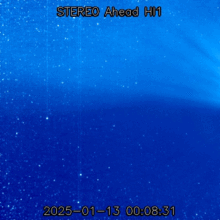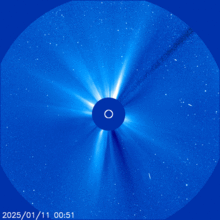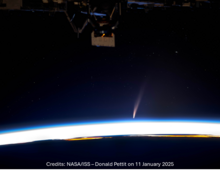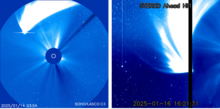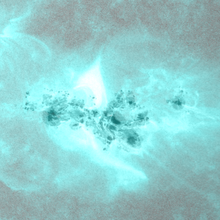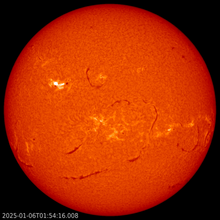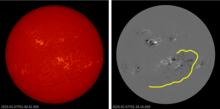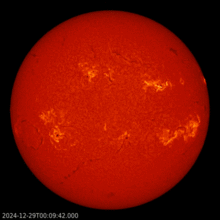news
Submitted on 2025-02-26
The STCE's SC25 Tracking page has been updated to reflect the latest evolution of some critical space weather parameters for the ongoing solar cycle 25 (SC25).
Submitted on 2025-02-25
JSWSC has opened a new Topical Issue "Space Climate: Solar Extremes, Long-Term Variability, and Impacts on Earth's System".
Submitted on 2025-02-23
From behind the northwest solar limb, NOAA 14001 produced an X2.0 flare on 23 February.
Submitted on 2025-02-18
The fleet of solar satellites recorded several impressive solar eruptions and CMEs during the first few days of February.
Submitted on 2025-02-10
Preliminary, non-operational images of the GOES-19 coronagraph CCOR-1 are available at the NOAA/SWPC's testbed, in anticipation of GOES-19 becoming fully operational on 4 April.
Submitted on 2025-02-03
From 28 January onwards, a cluster of sunspots started to rotate over the northeast solar limb. It was responsible for several medium-sized solar flares.
Submitted on 2025-01-27
JSWSC has extended the deadline for submissions to the Topical Issue on Swarm's 10-year anniversary to 15 April 2025.
Submitted on 2025-01-20
Comet ATLAS made an impressive appearance in the imagery by STEREO-A and SOHO during the third week of January 2025.
Submitted on 2025-01-20
JSWSC has extended the deadline for submissions to the Topical Issue on the May 2024 space weather events to 30 April 2025.
Submitted on 2025-01-13
A million km long filament has been transiting the solar disk during the last 2 weeks.
Pages
Zircon - This is a contributing Drupal Theme
Design by
WeebPal.


